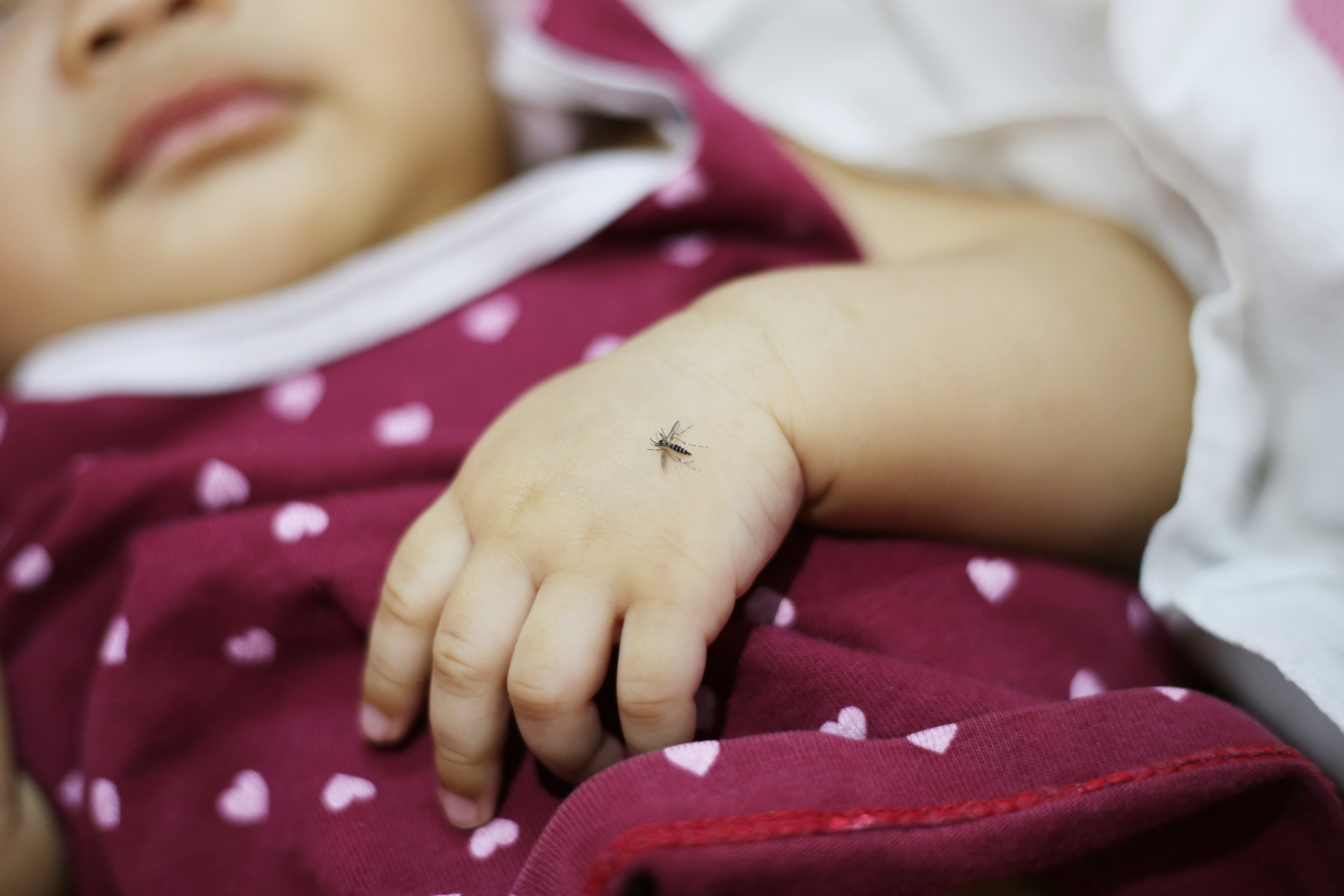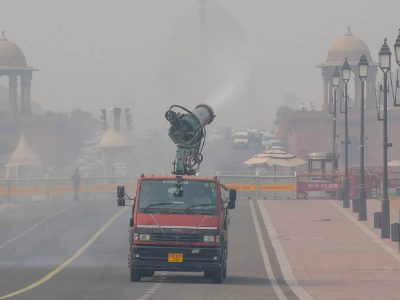Amid the rising Covid wave, another danger lurks in the national capital: the high incidence of dengue. A total of 81 cases have been reported till the first week of May, the highest since 2017.
Dengue is a mosquito-borne viral disease that is transmitted by female mosquitoes mainly Aedes aegypti. There are four serotypes of dengue, DENV61, DENV-2, DENV-3 and DENV-4.
Usually, dengue cases are recorded between the months of July and November. This year, dengue cases are occurring earlier due to the appropriate climate conditions for mosquito breeding. No fatalities have been recorded so far.
Based on the data provided by the National Centre for Vector-Borne Diseases Control, Delhi witnessed a surge in dengue cases in 2015 with 15,867 cases. The next year, it was much less at 4,431, then it shot up again to 9,261 in 2017. There were 7,136 in 2018, 5,077 in 2019,1,269 in 2020 and 2,784 in 2021. The death rate decreased, although 2021 witnessed a total of 23 fatalities.
South Delhi Municipal Corporation (SDMC) and East Delhi Municipal Corporation (EDMC) have released an action plan for the year 2022-23 to prevent vector-borne diseases. It provides details on how the diseases are spread, awareness of the diseases, and a calendar of activities for prevention throughout the year.
The East Delhi colonies of Kishan Kunj, Geeta Colony, Dharam Pura, Kondli, Trilok Puri and many others are marked as high-risk areas by EDMC.
In 2020, India witnessed the development of a low-cost dengue detection kit, ‘Dengue Day 1 kit’ which diagnoses dengue within 15 minutes on the first day itself. For the major contributions in this kit, Dr Navin Khanna was awarded Padma Shri. The kit is manufactured by J Mitra and is available for the general public at Rs 140. The kit contains two devices which can differentiate between a primary and secondary infection that is NS1 antigen as well as to detect all four serotypes (IgM, IgG).
During the early stage of infection, detection of NS1 antigen in human serum/plasma is essential for accurate diagnosis along with IgM and IgG antibodies. This detection increases the sensitivity of the diagnosis through these kits. With a longer shelf life of up to 30 months at -2.30 degrees celsius, Dengue Day 1 kit is used in most states.
Patriot talked to Dr Swati Maheshwari, an Internal medicine specialist to have a better understanding of the symptoms and measures to prevent dengue.
Typical symptoms
“The symptoms start with headaches, pain behind the eyes, and then they can configure muscle pain or joint pain, which we’ll call bone-breaking fever, along with high-grade fever. Some people feel fatigued and nausea, and start vomiting.
On the second or third day, some patients see a rash on exposed parts of their bodies like hands and legs. It is very itchy generally”, says Dr Maheshwari.
She further says that dengue hemorrhagic fever causes bleeding in the gums and nose; blood content is seen in stool and urine.
“Dengue virus directly has a detrimental effect on our bone marrow, the factory for the platelets. Once that gets affected, the platelet count starts dropping. Generally, the figure is 1.5 to 4 lakh, but if it goes down to 20,000-40,000, then we advise a platelet transfusion. Generally, if the person is not bleeding and the platelet count is falling, we just ask them to hydrate well and rest. So symptomatic treatment is the key.
“But if a person is bleeding, then even at higher platelet counts, we suggest taking the transfusion because then it becomes imperative to replenish the platelets in the body. The more dehydrated you are, higher the chances of platelets going down”, adds Dr Maheshwari.
In most cases, dengue is managed at home with proper hydration with water, juices, coconut water, and dal soup—all these help in replenishing energy. To bring down the fever, antibiotics are prescribed.
Dr Maheshwari cautions that due to heavy viral loads, sometimes patients feel dizzy. There are chances that the patient can fall and suffer an injury which is why it is advised to accompany the patient to the washroom. Medical help should be sought if the fever doesn’t go down after two to three days, if the person is in a confused state and if the bleeding continues. Continued bleeding can send the patient into hemorrhagic shock, which can lead to coma and even death.
Asked about vulnerable groups, Dr Maheshwari replies, “People who had dengue fever in the past have a higher chance of having hemorrhagic fever. Young children with high grade fever can have certain complications like epilepsy and seizures. Pregnant women are advised to seek medical help because sometimes there is a higher chance of preterm birth or low birth weight”.
Post-dengue recovery
After a bout of dengue, a patient’s body needs a lot of repairs. Once the fever is controlled, the fatigue remains. During this recovery period, patients should rest well, eat well, and take a high protein diet.
“Your body is fighting as your immune system tries to get rid of the virus,” she explains. The virus affects your liver or there has been an accumulation of fluid in the lungs. A lot of systems are affected once dengue happens. Sometimes people complain of fatigue, body aches that linger on for a week or 10 days. Generally, it takes roughly around 10-12 days to feel completely healthy and that is when you can resume your routine work.”
Stay smart, stay safe
Most people don’t know that dengue mosquitoes bite mostly during the day. They use repellants and wear long-sleeved clothes at night. But this has to be done in the morning too.
Awareness has to be raised among the people because it’s not just the community, even households should prevent mosquito breeding in their own houses. Plant containers, flower vases, old tires and coolers can be breeding grounds, especially during summer. Stored water should be changed and no stagnant water should be allowed in the house. One simple thing that people can do is put a little kerosene oil in their coolers so that the mosquitoes don’t breed.
Now that children are back in class, fogging can be done in schools before the gates open or on weekends. Schools should be vigilant about it and should make sure that kids wear repellants because mostly the uniforms are short-sleeved.
Similarly, offices and other workplaces should follow preventive measures to stop the spread of the virus.
For more stories that cover the ongoings of Delhi NCR, follow us on:
Instagram: https://www.instagram.com/thepatriot_in/
Twitter: https://twitter.com/Patriot_Delhi
Facebook: https://www.facebook.com/Thepatriotnewsindia





